If you’ve ever pondered the intricate beauty of geological formations, you may have encountered conglomerate rocks on your explorations. These unique rocks, with their diverse mix of particles and fascinating history, offer a window into the Earth’s past.
But what exactly sets conglomerate rocks apart, and how can you identify them amidst the vast array of rock types? Understanding their characteristics and formation process can shed light on their significance in the world of geology and beyond.
Formation of Conglomerate Rocks
When conglomerate rocks form, various sediments like pebbles, sand, and gravel are compacted together over time. These sedimentary processes play a crucial role in the rock formation. Imagine geologic events where rivers carry these sediments downstream, depositing them layer by layer. As more and more sediment accumulates, the weight above compresses the lower layers, gradually cementing them together. This gradual process leads to the creation of conglomerate rocks with their characteristic composition and appearance.
Conglomerate origins can be traced back to environments with high energy, such as riverbeds or alluvial fans, where the transportation of large particles is possible. Geologic events like landslides or floods can also contribute to the formation of conglomerate rocks by rapidly depositing sediments that later undergo compaction. Understanding these sedimentary processes and the conditions under which conglomerate rocks form is essential for identifying and interpreting the geological history recorded within these fascinating formations.
Composition and Grain Size
When identifying conglomerate rocks, you should focus on mineral content analysis and grain size comparison. These two key points will help you distinguish between different conglomerate rock types accurately.
Mineral Content Analysis
To effectively identify conglomerate rocks, analyzing the mineral content, including composition and grain size, is crucial. Understanding the mineral content provides insights into the rock’s history and formation process.
Here are three key points to consider:
- Mineral Composition: Examining the types and proportions of minerals present can reveal the source regions and environmental conditions during the rock’s formation.
- Grain Size Distribution: Observing the size range of clasts within the conglomerate helps determine the energy of the transporting medium (e.g., river, glacier) and the distance the clasts traveled.
- Mineral Cementation: Assessing the matrix material binding the clasts together aids in understanding the diagenetic processes that have affected the rock over time.
Grain Size Comparison
Analyzing the grain size in conglomerate rocks provides valuable insights into both their composition and depositional environment. Grain size is a crucial aspect of sedimentary rocks, aiding in their rock classification and providing clues about their geologic history. In conglomerates, the size of the particles reveals information about the energy of the environment where the rock formed. Larger grains typically indicate high-energy conditions, such as rivers or beaches, where only heavy particles can settle, while smaller grains suggest lower energy environments like lakes or deep ocean settings. By examining the grain size in conglomerate rocks, geologists can unravel the rock formation processes and better understand the past geological events that shaped them.
| Grain Size | Environment |
|---|---|
| Large | High-energy |
| Small | Low-energy |
| Varied | Mixed energy |
Identifying Conglomerate Rocks
When identifying conglomerate rocks, you can focus on rock composition analysis to determine the minerals present.
Examining the particle size within the rock can provide insights into the environment where the rock formed.
Understanding the geological formation history of conglomerate rocks can offer valuable information about their origin and the processes they underwent.
Rock Composition Analysis
Understanding the composition of conglomerate rocks plays a crucial role in their identification and classification. Petrographic analysis, a technique used to examine the mineral composition and texture of rocks, is particularly useful in determining the origin of sedimentary rocks like conglomerates. By studying the different minerals and rock fragments present in conglomerates, geologists can infer the processes that led to their formation.
Rock classification based on these analyses provides insights into past geological processes, helping to unravel the history of the rock formation. This detailed examination not only aids in identifying conglomerate rocks but also offers valuable information about the environmental conditions that existed when these rocks were deposited.
Particle Size Examination
To identify conglomerate rocks accurately, examine the particle sizes present within the rock matrix. Sedimentary petrology and sedimentary analysis play crucial roles in determining the characteristics of conglomerate rocks.
Particle size examination aids in understanding the rock formation process and sedimentary deposition history. Larger fragments within the conglomerate indicate higher energy environments where transportation of coarse particles was possible. In contrast, finer particles suggest lower energy conditions during sediment deposition.
Geological Formation History
Examining the particle sizes of conglomerate rocks offers a crucial starting point in unraveling their geological formation history. The geological processes that shape conglomerate rocks are diverse and fascinating.
Here are three key aspects to consider:
- Sedimentary Layers: Visualizing the layers within conglomerate rocks can transport you back through geological time, revealing the dynamic history of sedimentary rock formations.
- Tectonic Movements: Imagine the immense forces at play when tectonic plates shift and uplift, influencing the formation of conglomerate rocks over millions of years.
- Weathering Effects: Contemplate the impact of weathering processes on conglomerate rocks, reflecting the ongoing changes in Earth’s surface and the resilience of these geological formations.
Differentiating From Breccia
When distinguishing conglomerate rocks from breccia, look for differences in the size and shape of the clasts. Conglomerate rocks have rounded clasts, while breccia contains angular clasts. This variation in clast shape is due to the different processes of transportation and deposition that these rocks undergo.
To further highlight the variations between conglomerate and breccia, let’s take a closer look at their characteristics:
| Feature | Conglomerate | Breccia |
|---|---|---|
| Clast Shape | Rounded | Angular |
| Sorting | Poor to moderate | Poor to well |
| Rock Classification | Sedimentary | Sedimentary |
| Formation | Conglomerate forms in high-energy environments with rounded clasts. | Breccia forms in areas where angular clasts accumulate rapidly and are lithified into a rock. |
Geological Significance
Exploring the geological significance of conglomerate and breccia rocks reveals valuable insights into past environmental conditions and sedimentary processes. These rock formations offer a window into Earth’s history, providing clues about the environments in which they were deposited and the forces that shaped them over time.
Here are three key aspects highlighting the geological significance of conglomerate and breccia rocks:
- Paleoenvironment Reconstruction: By studying the composition and characteristics of conglomerate and breccia rocks, geologists can reconstruct ancient landscapes. The size and type of clasts present in these rocks can indicate the energy levels of past environments, such as rivers, beaches, or glaciers.
- Tectonic Activity Indicators: The presence of conglomerate and breccia formations can also signify past tectonic events. These rocks often form in settings with significant geological activity, such as mountain-building processes or fault zones.
- Sedimentary Processes Insights: Analyzing conglomerate and breccia rocks provides valuable insights into sedimentary processes like erosion, transportation, and deposition. Understanding these processes helps scientists unravel the geological history of an area and interpret past environmental changes.
Locations and Occurrence
Drawing from the geological significance previously discussed, conglomerate and breccia rocks exhibit diverse locations and occurrences worldwide. These sedimentary rocks are commonly found in areas where geological processes, such as erosion and deposition, have been active. Conglomerate rock formations are often seen in riverbeds, alluvial fans, and areas with high-energy environments that transport and deposit large sediment particles. Breccia rocks, on the other hand, are frequently found near fault zones and areas where rock fragmentation and faulting have occurred.
In terms of specific locations, conglomerate rocks can be observed in various parts of the world, including the Appalachian Mountains in the United States, the Swiss Alps in Europe, and the Western Ghats in India. Breccia formations are prevalent in regions like the San Andreas Fault in California, the Transverse Ranges in Southern California, and the Italian Alps. These rock formations serve as important indicators of past geological events and processes, providing valuable insights into the Earth’s history.
Uses in Construction
Conglomerate and breccia rocks are utilized in construction for their durability and aesthetic appeal. These rocks are commonly incorporated into various building materials due to their unique characteristics.
Here are three reasons why conglomerate rocks are valued in construction:
- Durability Assessment: Conglomerate rocks undergo rigorous durability assessments to ensure they can withstand harsh environmental conditions, making them ideal for long-lasting structures. Knowing that your building materials have been tested for durability provides peace of mind regarding the longevity of your construction projects.
- Strength Analysis: Through detailed strength analysis, conglomerate rocks are selected for specific building applications where strength is crucial. This ensures that the structures built with conglomerate rocks can support heavy loads and endure the stresses of everyday use, promoting safety and reliability.
- Aesthetic Appeal: Apart from their durability, conglomerate rocks offer a visually appealing aspect to construction projects. Their varied colors and textures add a touch of natural beauty to buildings, enhancing their overall design and appeal to observers.
Preservation and Conservation
Having established the value of conglomerate rocks in construction due to their durability and aesthetic appeal, it is imperative to address their preservation and conservation methods to ensure their continued availability for sustainable building practices. When considering preservation methods, it is essential to prioritize regular inspections to identify any signs of deterioration early on. Implementing protective coatings or sealants can help prevent weathering and erosion, extending the lifespan of conglomerate rocks. Conservation practices play a vital role in minimizing the environmental impact of quarrying conglomerate rocks. Sustainable management techniques such as controlled extraction, reclamation of quarries, and promoting biodiversity in surrounding areas can help mitigate the ecological footprint of conglomerate rock mining operations.
| Preservation Methods | Conservation Practices | Environmental Impact | Sustainable Management |
|---|---|---|---|
| Regular inspections | Controlled extraction | Minimizing quarrying impact | Reclamation of quarries |
| Protective coatings | Reclamation of quarries | Promoting biodiversity | Controlled extraction |
| Sealants | Promoting biodiversity | Ecological footprint reduction | Biodiversity promotion |
Frequently Asked Questions
How Do Conglomerate Rocks Contribute to the Formation of Sedimentary Basins?
Conglomerate rocks play a vital role in sedimentary basin formation through tectonic processes. Their presence, made up of various sizes of sediments, helps in understanding the environmental conditions and the geological history of the area.
Are There Any Specific Fossils Commonly Found in Conglomerate Rocks?
When exploring conglomerate rocks, you’ll notice specific fossils that are commonly found, serving as environmental indicators. They contribute to understanding sedimentary basins and the processes of weathering and erosion. Keep an eye out!
Can Conglomerate Rocks Be Used as an Indicator of Past Environmental Conditions?
Conglomerate rocks, with their diverse composition and sedimentary structure, serve as valuable environmental indicators, shedding light on past conditions. They are instrumental in understanding sedimentary basin dynamics and formation processes, offering a window into Earth’s history.
How Do Conglomerate Rocks Differ in Terms of Weathering and Erosion Compared to Other Rock Types?
When examining conglomerate rocks, consider their erosion patterns and sediment composition, which differ from other types. Understand these variations to grasp the unique geological history and rock formation processes that shape conglomerates.
Are There Any Unique Geological Features or Structures Often Associated With Conglomerate Rock Formations?
In conglomerate rock formations, you’ll find unique geological formations like cross-bedding and imbrication. These structures reveal the history of deposition and movement. Such features make conglomerate rocks distinct and fascinating for those studying Earth’s processes.
Conclusion
Overall, conglomerate rocks are formed from the accumulation of rounded pebbles and stones, giving them a distinct appearance and texture. They’re commonly found in sedimentary environments and can provide valuable information about past geological processes.
Identifying conglomerate rocks involves looking for rounded clasts and a cemented matrix. These rocks have various uses in construction and can be found in many locations around the world.
It’s important to preserve and conserve these rocks for future study and understanding of Earth’s history.
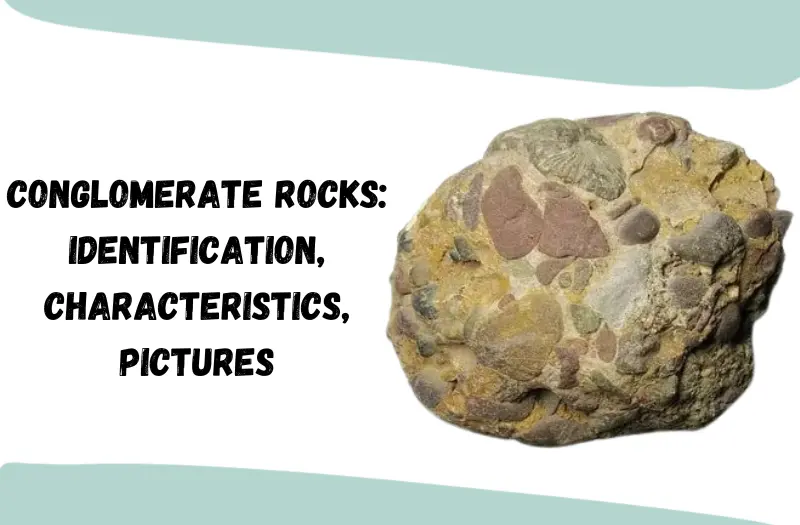
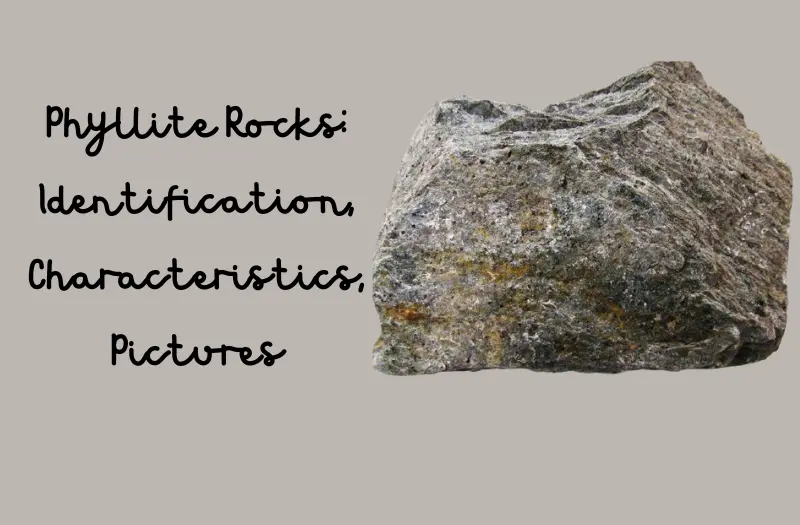
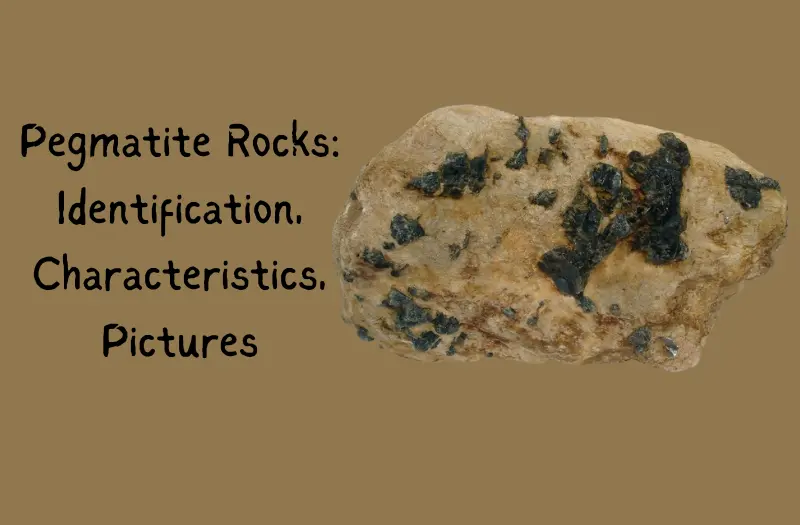
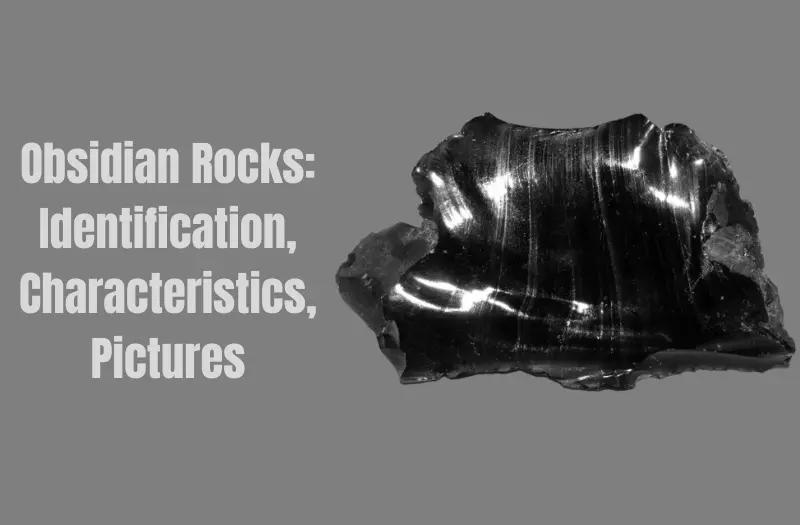
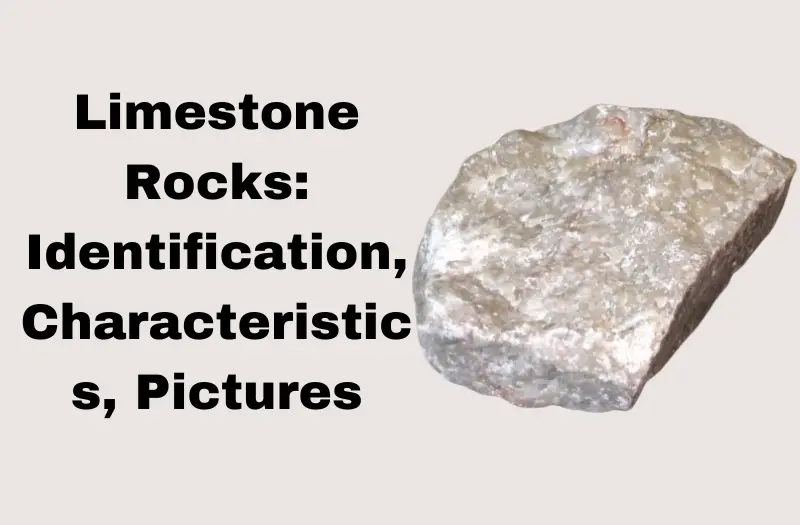
Leave a Reply